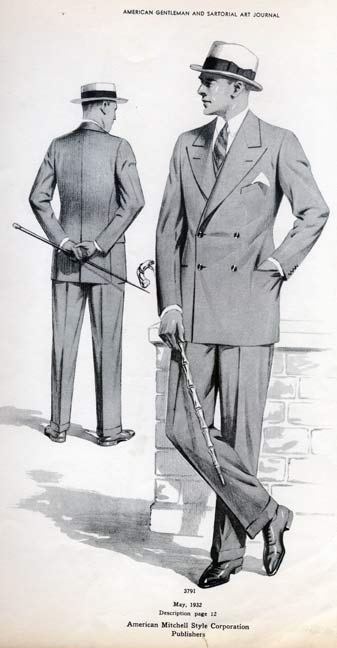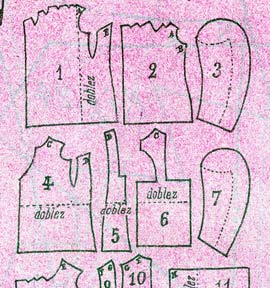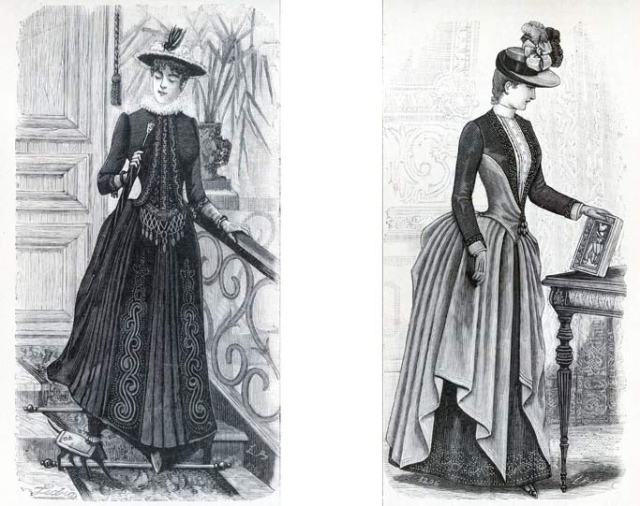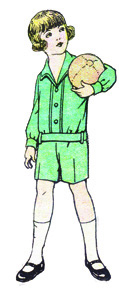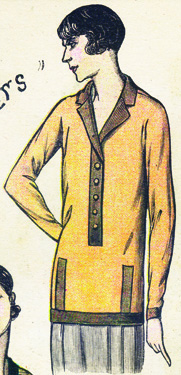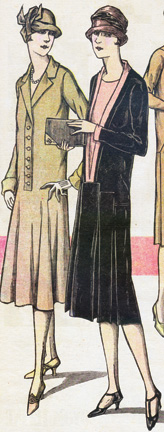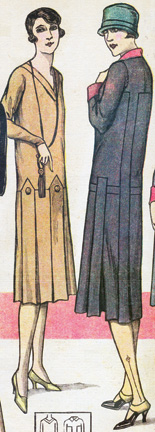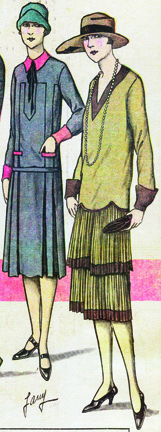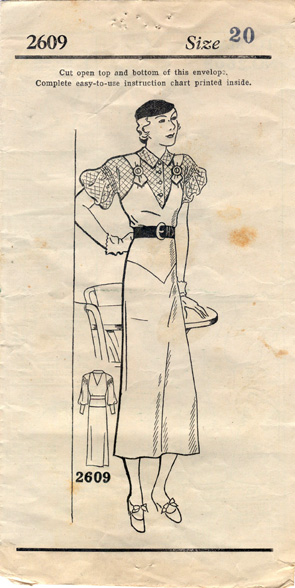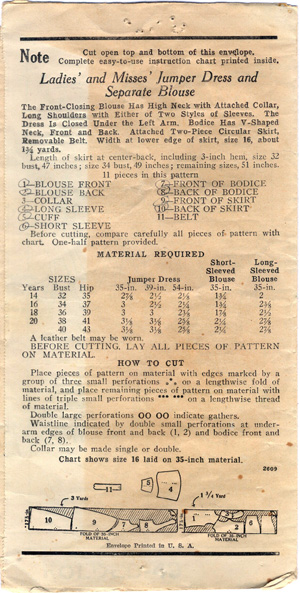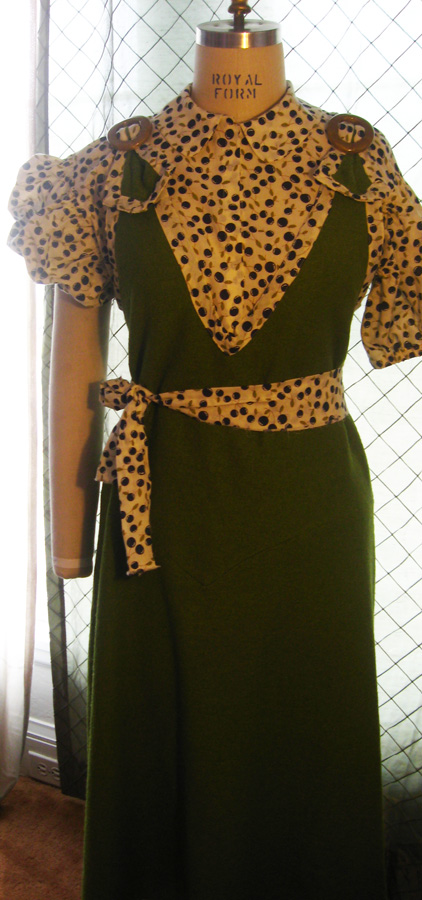I was hoping to get the next section about the Traveling Jacket posted, but I got a bit stalled out in the pattern alteration phase. I will be posting up the information about the pattern alterations in the next day or so.
In the meantime, I thought I’d let you know about my current sewing project – a 1930’s coat.
My old winter coat (nearly 20 years old) is finally at the point where further repairs just aren’t going to cut it. And thanks to a very generous Christmas gift last year from my wonderful mother-in-law, I was able to brush up on my dormant tailoring skills by taking a refresher course at Apparel Arts in San Francisco. (Be sure to check out Suzy Furrer’s book. Simply one of THE BEST books on pattern drafting, in my humble opinion.)
I went burrowing through the Library’s archives, looking for a pattern close to my size, and matching the requirements of the class. (Notched collar, welt pockets, two piece sleeve – etc.) Eventually out of 5 patterns than met the requirements, I narrowed it down to this pattern from 1933 –
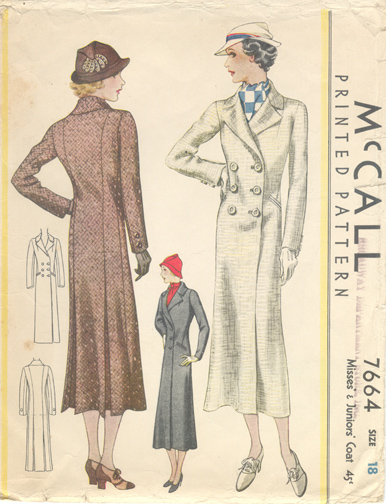
It has that classic “Casablanca” look to it, and I love the long length with the box pleats falling from the waist at the back to the hem. Another interesting design feature is the long dart that comes in from the underarm and angles down towards the pocket. (You can see a bit of the dart if you peek closely at the right hand side of the white coat. There’s a little angled shadow that’s center and just above the double welt pocket – that’s the dart.
Now – if I could only find a pair of those brown shoes shown in the left illustration!
My old coat was black, so I decided that for a fabric I wanted something a bit different. I wasn’t sure what, one of those I’ll know it if I see it things. I also knew that while Britex Fabrics would be the number one choice for wool – I didn’t want to pay 250.00 a yard for a full length coat. I knew if I even browsed over there I would fall in love with something much beyond my budget.
Instead, I went to Discount Fabrics in Berkeley, CA. Which is a great place, if you don’t mind spending a couple of hours in there browsing. It’s rather like a fabric treasure hunt, and if you find something you like, snap it up — because there’s no telling if it will be there the next time you come.
It took me a bit to track down the woolens . . . and while the selection wasn’t nearly as huge at Britex . . all of it was lovely stuff. I found what I was looking for. A blue-gray Italian wool, with a very slight pile surface. It was a bit lighter weight than I was looking for, but the canvas and other structure inside should give it more body.
 (excuse the slight wrinkles from it being folded!)
(excuse the slight wrinkles from it being folded!)
The fabric is 60 inches wide, 100% camel hair wool, and ran about $ 55.00 per yard which means it would have run anywhere from $ 100.00 – $ 150.00 a yard anywhere else. You can’t really see it in this picture, but it has little flecks of pale blue, pale and medium gray in it.
I made a muslin first, using Nancy Zieman’s book Pattern Fitting With Confidence. (This is a reissue of her earlier book Fitting Finesse.) I’ve used this primer for years to alter vintage patterns to fit me – and highly recommend her method.
I ended up having to adjust through the waist and hips for my extra inches. and having to widen the upper sleeve to for my more “fluffy” upper arms. I also decided to raise the neckline lap at the center front a little higher – since one of the things I hate is wearing a coat where the cold air is whistling down my front! The muslin only needed a few little tweaks in class (hooray for Nancy Zieman!) — one of which was to open up the shoulder seam a little more to allow for shoulder pads.
Unfortunately I can’t show you the finished muslin – because I’ve already taken it apart to use as the pattern for cutting the coat. But trust me . . even as a muslin . . . it looked SHARP!
I decided to do everything in classic couture tailoring methods, which translates into lots of hand work. I went through and chalked all of the markings, and then thread basted everything . . . and I mean everything with silk thread.
 (thread basted pocket opening)
(thread basted pocket opening)
 (Dart hand basted and ready to be sewn)
(Dart hand basted and ready to be sewn)
All of the thread marking didn’t take nearly as long as I thought it would – and there was a sort of zen quality to plying needle and thread through buttery soft wool.
The refresher course at Apparel Arts helped get my brain in motion – but some of the techniques were a bit modernized for what I wanted to do, such as machine stitching rather than pad stitching being used for the collar. Don’t get me wrong – for current tailoring these options work great, and are amazing time savers. But having chosen a vintage pattern, I wanted to do something a lot closer to what would have been done in 1933.
So – my next step was off to research the Library’s vintage tailoring books!
Part two of this series will cover constructing the darts, making the double welt pockets . . . and what my tailoring research turned up.
My next post will cover sewing the darts and the double welt pockets.






